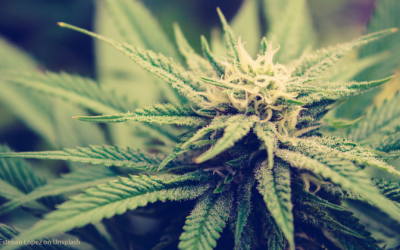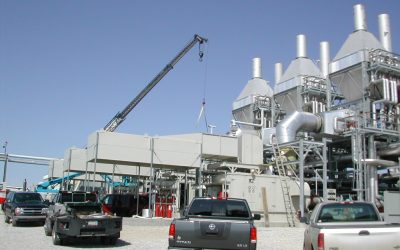Most OEMs are familiar with the nitriding process. This is a highly effective option in surface hardening that uses the nitrogen atoms diffused into the surface layer of ferrous metals to develop a tough, hard exterior level. As this process is completed at below critical temperatures, it does not change the properties of the metal.
This is particularly important where high tolerances and precision components are essential. With the very limited change to the metal, there is no distortion of the metal, meaning precision parts remain within the tolerance range. Not all ferrous metals are good candidates for the nitriding process, but working with a top company offering the service ensures the parts are a match for the process.
The Difference In Nitrocarburizing
With nitrocarburizing, carbon and some limited amounts of oxygen are added to the nitrogen during the process and diffused onto the surface of the steel. This surface layer is very thin, which also works well for precision machined parts where any changes or distortions to the surface are critical issues.
As with nitriding, this is done at a low temperature, which further limits the distortion that can occur with hardening processes using high temperatures. It is a relatively fast process to complete, and it is cost effective for small or large volume orders.
The Benefits of the Process
Parts that are processed using nitrocarburizing are hard on the surface, which means they have less wear even in very demanding types of applications. This makes the process ideal for gears, shafts, piston rings, springs, spindles and most types of dies.
In addition to the longer wear on the surface of the parts, this process also increases fatigue strength and also boosts corrosion resistance, two essential characteristics in all of the applications mentioned above.


